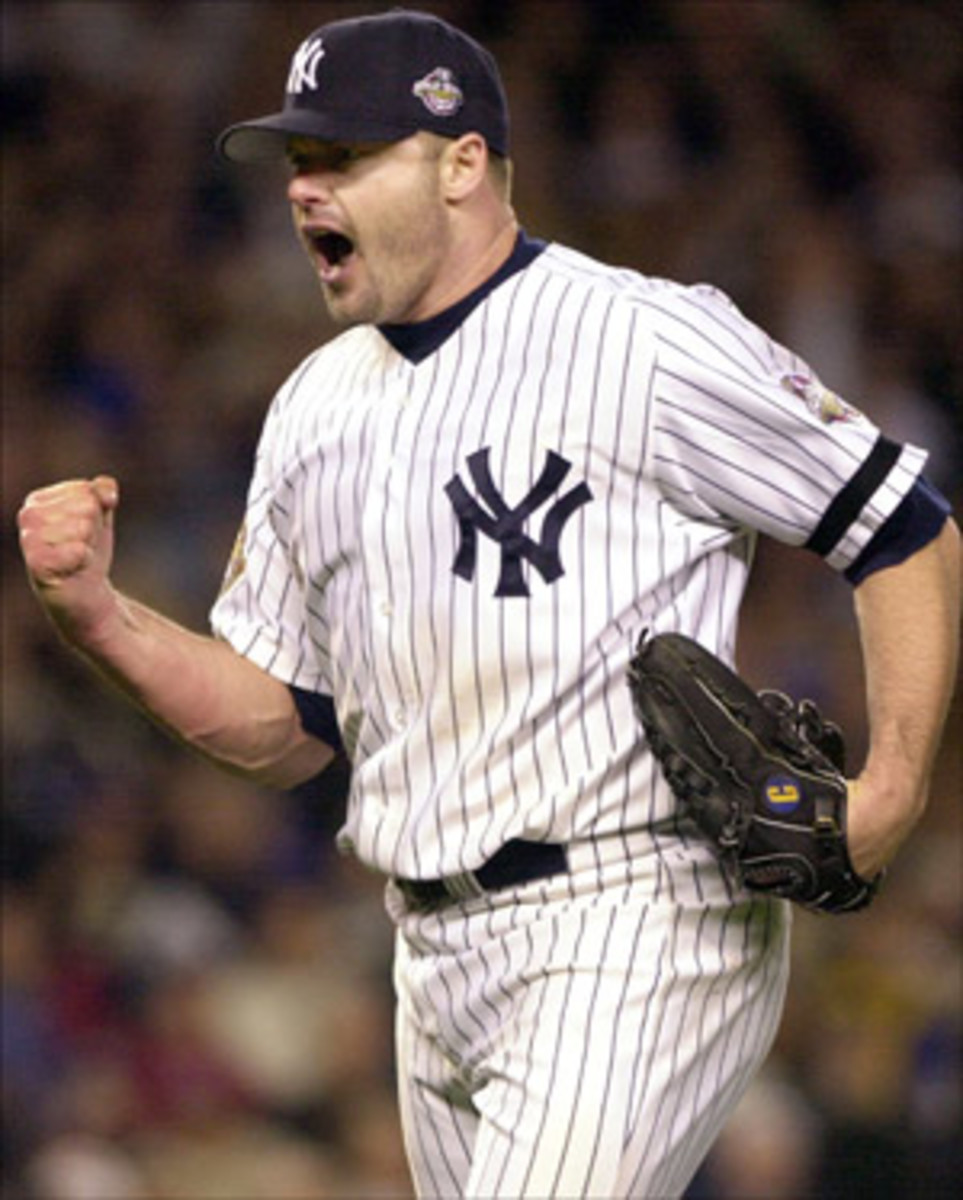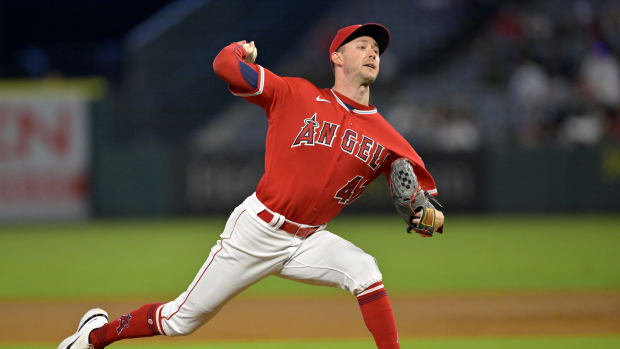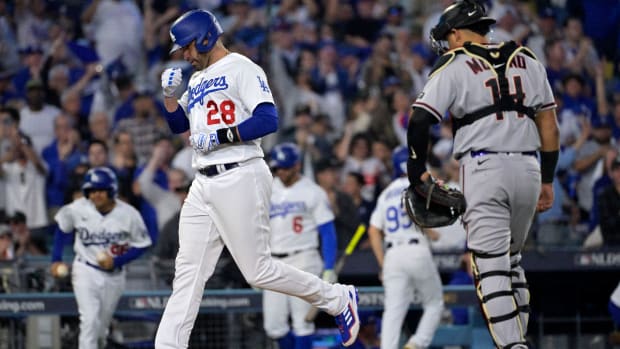For the record
There has been a Dueling Banjos dynamic between two conflicting analyses that attempt to address the potential impact of performance enhancing drugs on Roger Clemens' career. One, put out by Hendricks Sports Management, Clemens' agency, suggests that Clemens' late-career success is relatively normal, citing a handful of specific examples such as Nolan Ryan and Curt Schilling. The other, prepared by the Wharton School of Business for last Sunday's New York Times, uses a broader set of "durable" comparable pitchers, and comes to the opposite conclusion.
There is no doubt that, as a piece of science, the Hendricks report is pretty poor. By cherry-picking from a small group of pitchers like Ryan who were known to have successful ends to their careers, the report has virtually zero statistical credibility, and instead is the sort of glossy work product meant to impress with substance rather than style. At the same time the Wharton study may be equally flawed. The only standards it uses for selecting its comparable pitchers are based on durability, rather than how successful the pitcher was or what type of pitcher he was. It has long been known, for example, that power pitchers such as Clemens tend to age more gracefully than finesse pitchers such as Orel Hershiser, who appears to qualify as a Clemens comparable for the Wharton study.
A compromise between the two approaches can be found by running Clemens through our PECOTA projection system, which considers a host of factors -- including both durability and quality -- in selecting its comparables. Specifically, we will step back in time exactly 10 seasons and analyze what we might have expected out of Clemens from 1998 through 2001 -- the period during which he's accused by the Mitchell Report of using steroids -- based on his performance through the 1997 season.
PECOTA uses as many as 100 comparable pitchers to make its forecasts, but the highest-ranking comparables receive the most weight in its forecasts. And in Clemens' case his top 20 comparables are quite favorable (comparable rank in parentheses):
Eight Hall of Famers: Bob Gibson (#1), Jim Bunning (#6), Nolan Ryan (#7), Gaylord Perry (#9), Tom Seaver (#11), Steve Carlton (#14), Phil Niekro (#18), and Early Wynn (#20).
One certain future Hall of Famer: Randy Johnson (#13)
One pitcher who is long overdue for the Hall of Fame: Bert Blyleven (#10)
Four borderline, potential future Hall of Famers: Kevin Brown (#2), Curt Schilling (#4), David Cone (#5), Mike Mussina (#8).
Three very good pitchers who were not quite Hall of Fame quality: Allie Reynolds (#3), Jerry Koosman (#12), Chuck Finley (#15).
And three pitchers with good but unremarkable careers: Al Leiter (#16), Sam Jones (#17), Bob Veale (#19). Note that all these pitchers fall toward the bottom of Clemens' comparable list.
At least half of Clemens' comparables through age 34 will eventually end up in the Hall of Fame, and essentially all of them had dignified careers. Perhaps more importantly, a number of them had long careers and were successful into their late 30s or early 40s, including several of the Hendricks Group's favorite comparables: Ryan, Schilling and Johnson.
In fact, if we analyze Clemens' performance over the four-year period covered in the Mitchell Report, we see that the retrospective PECOTA projection comes quite close to the reality (see charts).
Clemens pitched about 50 more innings over this period than might have been expected, and accumulated nine more wins. On the other hand, his ERA was incrementally higher than our forecast. His strikeout rate was very close to PECOTA's expectations, while he walked a few more hitters than anticipated. Overall, there is nothing particularly unusual about Clemens' performance over this four-year window -- pitchers of Clemens' caliber quite often do remain successful late into their 30s.
To the extent that Clemens' career has been unusual, it has been outside the Mitchell Report's window: his longevity past the age of 40. But even that is not entirely without precedent. Although pitchers such as Ryan, Schilling and Johnson are not exactly typical examples, neither are they atypical, and they all showed up prominently on Clemens' comparables list. The situation is emphatically not analogous to that of Barry Bonds, who not only sustained his performance but actually improved upon it by a couple of degrees of magnitude in his late 30s.
Naturally, I have my own opinion about whether Clemens used steroids -- and I don't think he did himself any favors in his Congressional testimony on Wednesday. But there is no smoking gun in his statistical record.




































